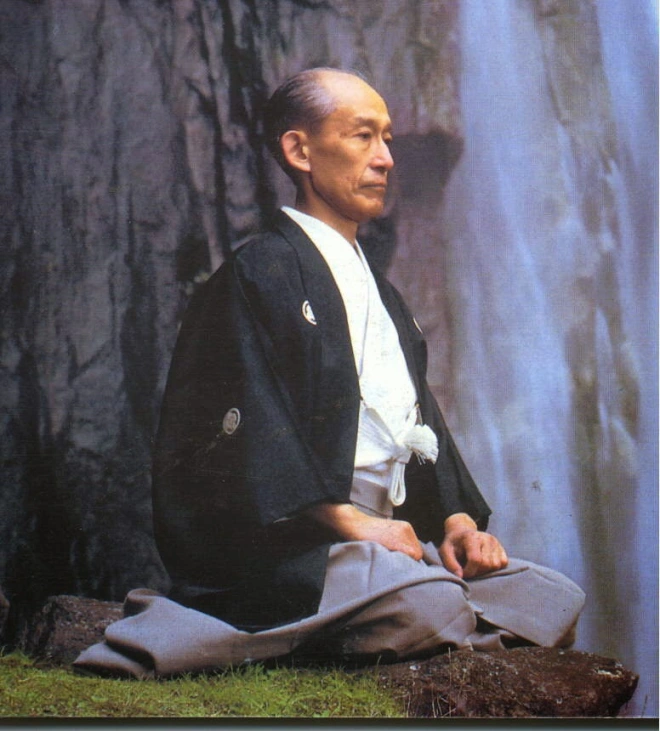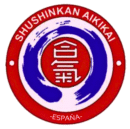THE ETIQUETTE
Etiquette, as a set of rules to be observed while on the tatami, is an important aspect of budo practice. The rules it presents are rooted in Japanese norms of courtesy, philosophy, and culture.
As with the execution of techniques, the strictness of these rules varies among different schools. On the other hand, in the West, where rules of etiquette, due to cultural tradition, are not as strict, there is a general tendency to be more lax. But there seems no doubt that attention to etiquette helps us distance ourselves from our daily activities and adopt a state of mind conducive to practice.
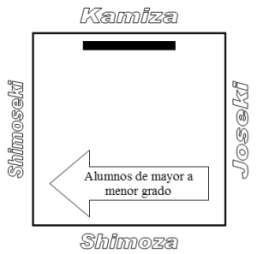
The space designated for the practice and teaching of aikido is the dojo (Do (道), way – Jo (場), place). The front area (in the Japanese tradition, facing north) is called the kamiza, and is where we will usually find an image of O Sensei and the kanji for the term aikido.
The area on the opposite (southern) wall is called shimoza. The east and west sides are called joseki and shimoseki, respectively.
We shouldn't consider the dojo like a gym; there should be no competitive spirit on the mat. The sensei's teachings should help educate the body and spirit, in an atmosphere of respect, sincerity, and modesty, essential for the serenity of practitioners.
At the beginning and end of each class, the sensei stands in front of the kamiza and the students occupy a row – or more if they do not fit – all sitting in seiza, ordered from highest to lowest rank from the right side (joseki) to the left (shimoseki).
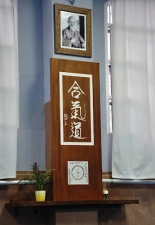
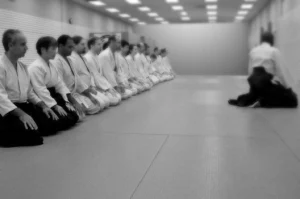
At the beginning and end of each class, the sensei stands in front of the kamiza and the students occupy a row – or more if they do not fit – all sitting in seiza, ordered from highest to lowest rank from the right side (joseki) to the left (shimoseki).
When entering and leaving the dojo, a standing bow should be made in the direction of the kamiza, called ritsu rei.
It's important to arrive on time to participate in the opening greeting; if you arrive late, you must remain seated next to the tatami mat until the sensei gives permission to enter.
During work, the proper way to sit is in seiza. Occasionally, sitting with your legs crossed (agura) is permissible, but never reclining or leaning your back against a wall or any other object.
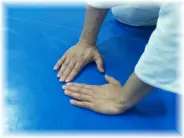
When the sensei teaches a technique, it is proper to remain in seiza, silent, and attentive to the explanation. Once the technique is finished, one bows to the sensei and then to a partner, and the practice begins. Similarly, when the sensei indicates the end of a technique, one bows to the partner and returns to the seiza position.
During practice, it is generally accepted that if someone understands the technique and their partner doesn't, they can guide them without giving orders or correcting them, unless authorized to do so. Of all the practitioners, the sempai are the most experienced; the last to arrive at the dojo are the kohai.
One of the values cultivated in the dojo is respect, respect shown towards the dojo itself, as a physical and spiritual place of personal development, towards fellow practitioners, towards sempai, towards the sensei and finally, towards O Sensei.
